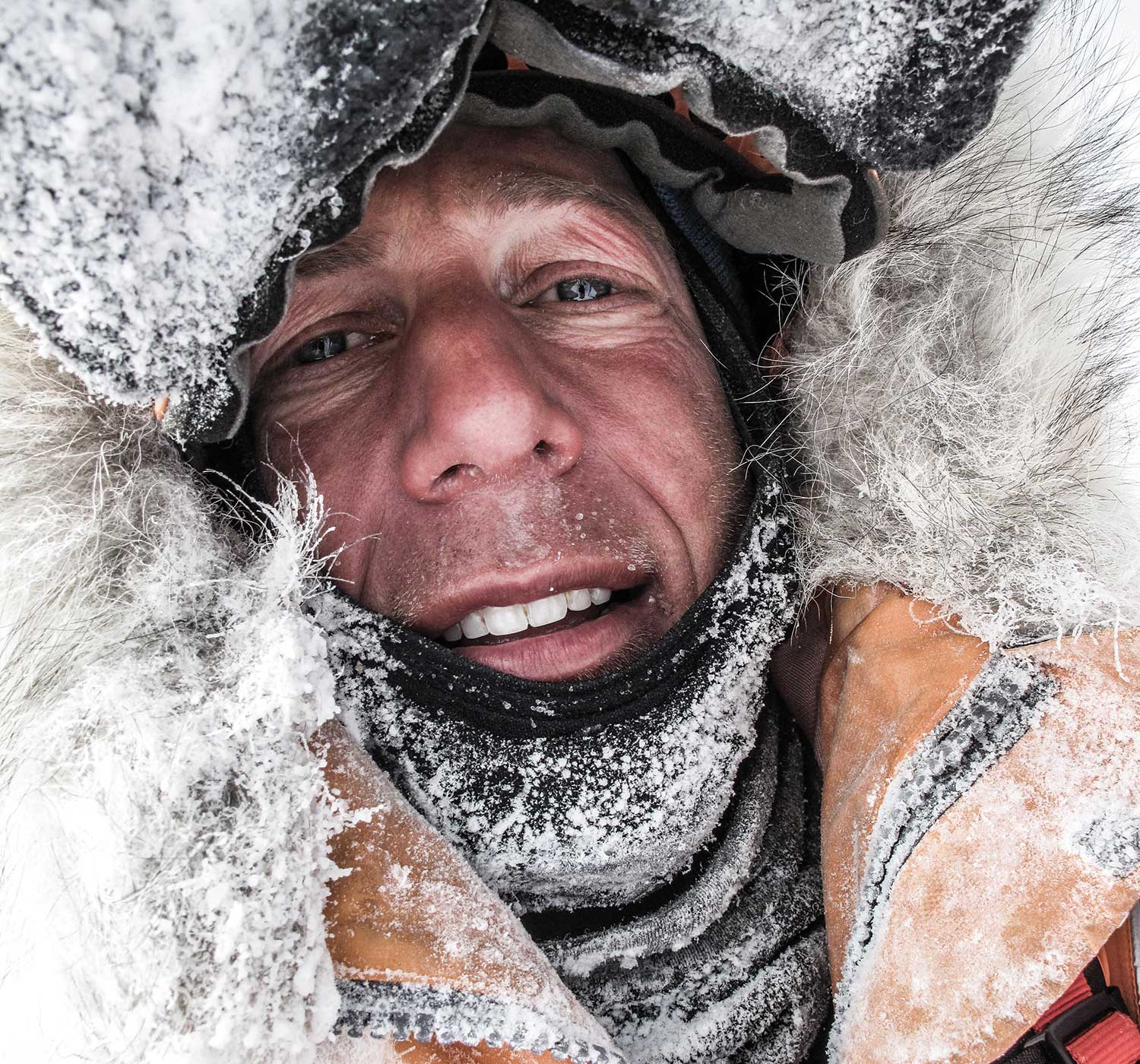How to Layer For Hiking: Your Body

'Louisa Albanese'
The History of Layering
Way back when, in the Garden of Eden, Eve ate the forbidden fruit and dragged Adam into a new kind of knowledge. The byproduct, of course, was layering—who could dispute the performance of the fig leaf? That original layer may have brought down Old Testament fury, but it soon became a foundation for survival, helping humankind spread into just about every corner of creation.
Over time, we moved past foliage to animal skins. When the ice man we call Ötzi met his violent end 5,300 year ago in what is now Italy, he brought his layers—a grass cloak and leather garments—to his grave. They were his armor against the ice and snow, though not the baser impulses of his fellows.
A few millenia later, the Inuits perfected their layering technique, wearing animal furs against their skin, another layer of fur on the outside, and a parka stitched from seal intestines on top of that in bad weather. Remarkably, layering appears in the clothing history of diverse and far-flung cultures. Everyone had arrived at the same conclusion.
Today, technical apparel has gone beyond animal furs to become a multibillion dollar industry. New innovations make it possible to be comfortable in more extreme environments for longer than ever before (just ask Eric Larsen). The right layering strategy means comfort whether slogging uphill under sleeting skies or running in the heat.
The spark of humanity is kindled in layers and always has been. There is no more efficient way to stay warm, dry, comfortable—and ultimately safe—than to dress for the occasion.
–Casey Lyons
How Your Body Loses Heat
The body loses heat through a variety of sources both physiological and environmental. The right layers combat each of them.
1. Evaporation
As the core temperature warms to about 100.4°F, the body starts perspiring. Sweat glands push salt-laden water to the surface of the skin. There, the moisture evaporates, lowering the temperature of the skin and cooling the blood at its surface. In intense exercise, the body can dump up to 85 percent of its excess heat in this way—up to three liters of sweat per hour in acclimatized, trained athletes. Baselayers with good breathability and wicking will manage the moisture.
2. Convection
Cool air or water moving across the body strips away heat—we lose 10 percent or more of our heat this way, depending on the temperature of the wind or water and the speed at which it’s moving. That makes wind a key factor when deciding on the right layers. Shells serve as the primary wind-blocking layer.
3. Radiation
When the air temperature drops below a comfortable 68°F, radiation—heat dissipation through air—accounts for the majority (65 percent) of our overall heat loss. Holding onto the right amount of heat is all about your insulation.
4. Conduction
Heat escaping through stationary solids or liquids (think sitting in a snowbank or hot sand, or standing around in a wet baselayer) causes heat loss. Mitigation requires a group effort from your whole system: insulation for warmth and baselayers and shells to remain dry and protected.
5. Respiration
Our lungs add humidity to the air we exhale. In dry conditions, this equates to a slight loss of body heat. Insulation over the face helps to manage it when temperatures in dry climates get very low.
Know Your Metabolism
The average American needs 1,662 calories (men) and 1,493 calories (women) to support basic function
Hard hiking with a pack increases energy needs about 8 to 10 times or approximately 500 to 700 calories per hour.
Cold tends to slow our metabolism while boosting our caloric needs. Get too cold and the body starts shivering to create heat, which burns 400 calories per hour.
How to Warm Up Without Extra Clothing
Eat: The human engine is inefficient. After basic function is met, just 15 to 25 percent of the calories we burn translate into muscle movement. The rest escapes as heat. Eat some high-fat foods for a quick energy burst
Speed up: Increasing your workload generates a lot of excess heat. Pick up the pace—or put on your heaviest jacket and do jumping jacks for 10 minutes—to shake just about any chill.